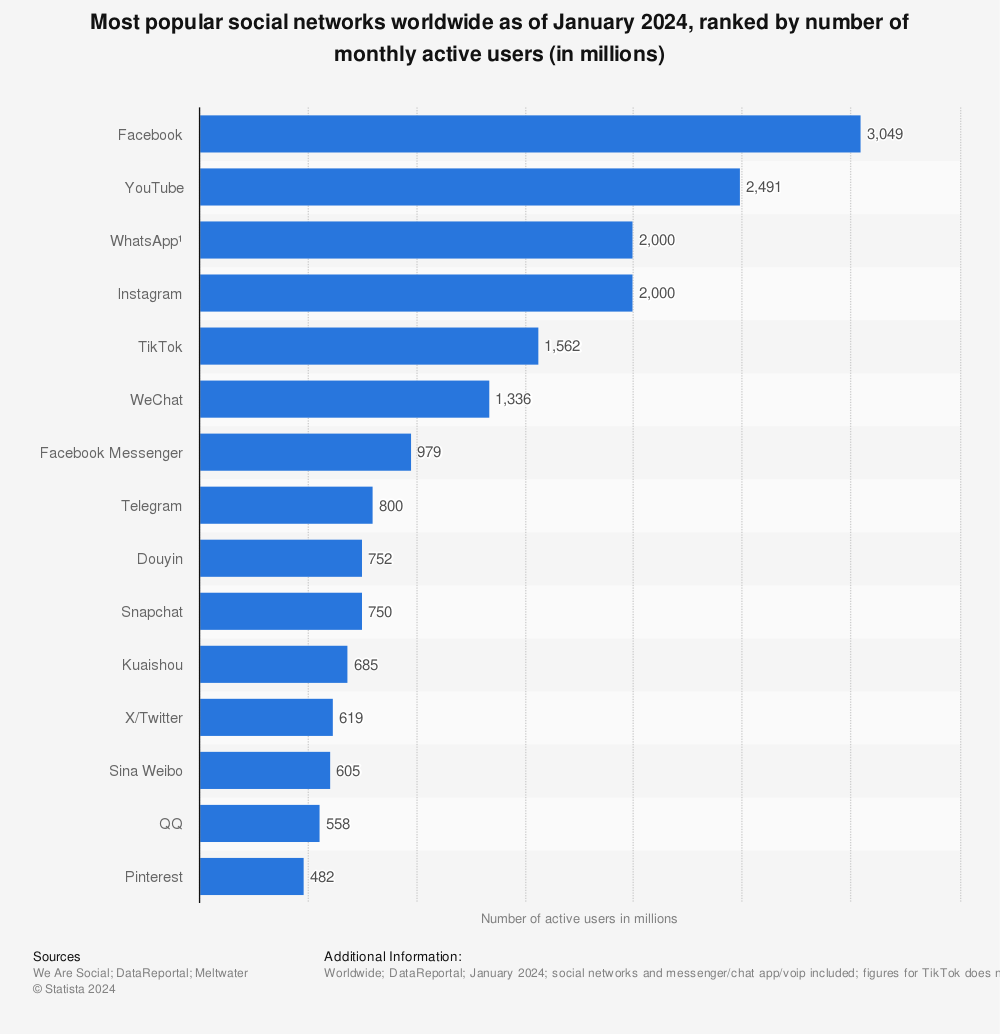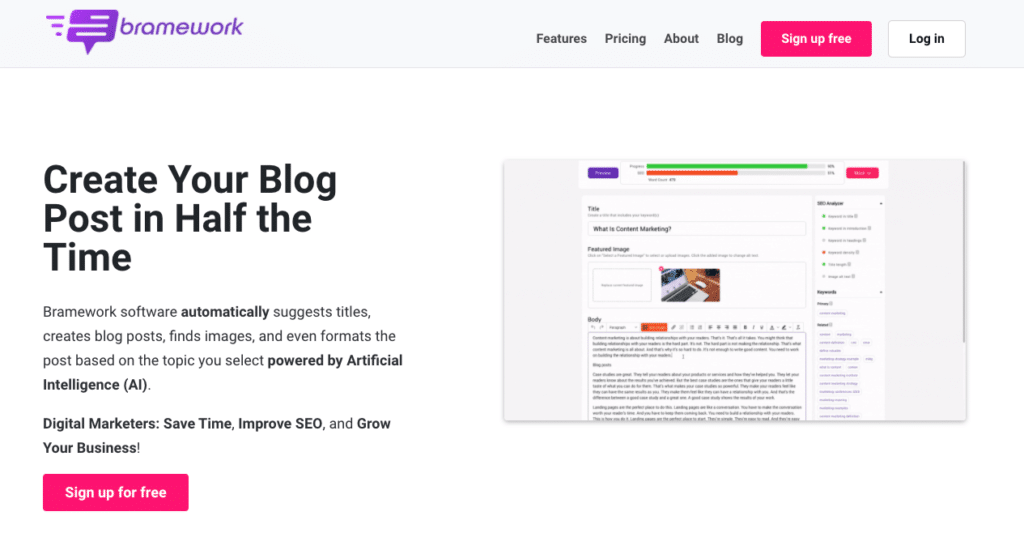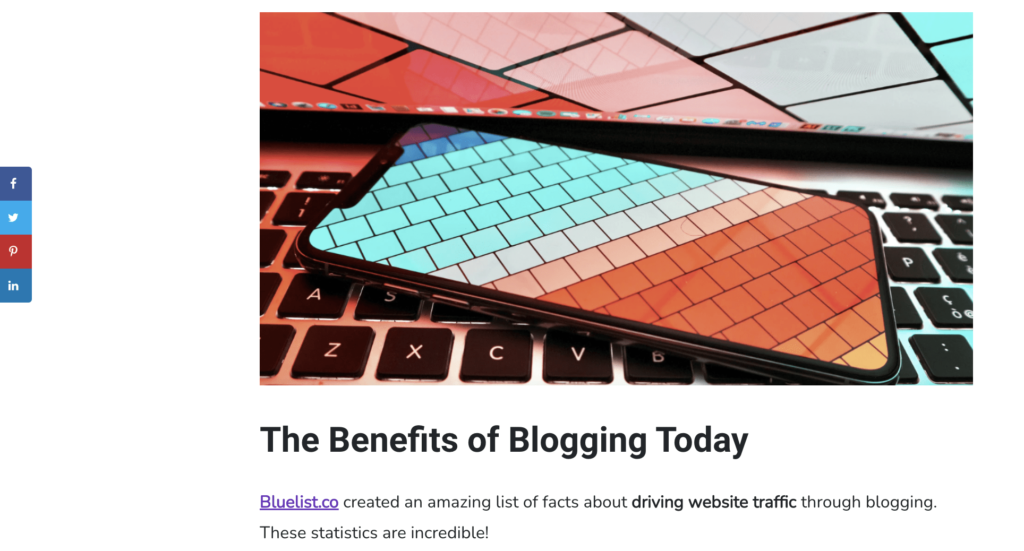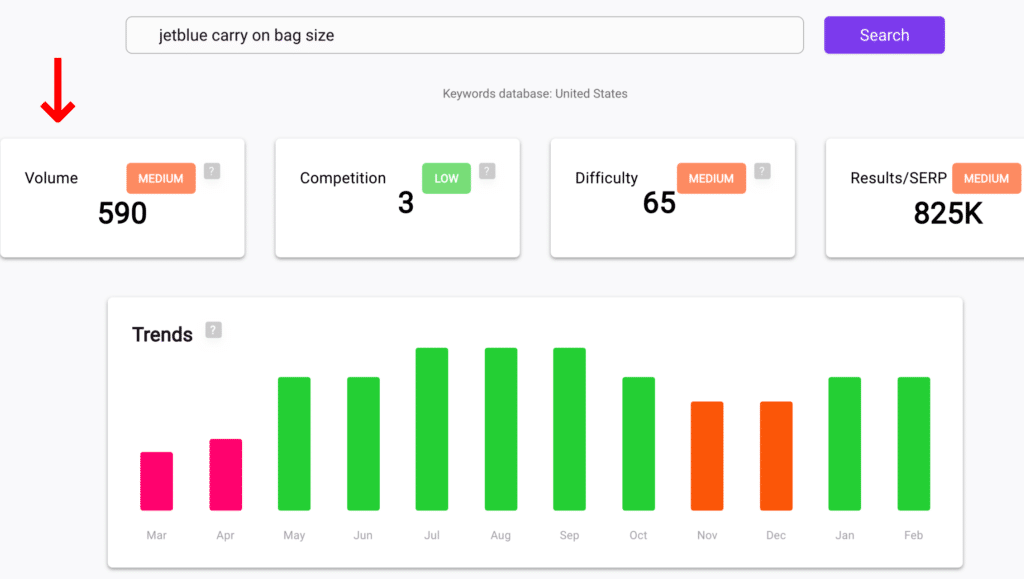We live in a very social media-driven world for business. If you are trying to convert social media to sales, you may be struggling to come up with the right numbers.
Social media can constitute 62% of lead generation if you know how to do it effectively. Not only is it hard to measure social media conversions, but it’s also hard to justify social media as the sole contributor.
Don’t lose another lead by missing out on key social media tactics.

7 Important Social Media Stats to Remember
There are 4.2 billion active social media users as of January 2021. A survey from the Pew Research Center shows that:
- 79% of U.S. adults use Facebook
- 68% use YouTube
- 35% use Instagram
- 29% use Pinterest
- 27% use Snapchat
- 25% use LinkedIn
- 24% use Twitter

Find more statistics at Statista
As of January 2021, Facebook reports an estimated 2.7 billion active monthly users. Facebook video is still in high demand with approximately 8 billion video views per day.
Currently, YouTube has more than 2.3 billion logged-in visits every month. 149 million people log in to YouTube daily. There are over 5 billion video views each day.

Instagram has over 1 billion monthly active users. There are approximately 4.2 billion likes per day.
Twitter has more than 330 million monthly active users. There are 134 million daily active users.

LinkedIn has over 560 million registered users. 5.3 million new accounts per month are created on LinkedIn. It is estimated that LinkedIn has approximately 303 million monthly active users.
Pinterest has 291 million monthly active users. The total number of Pinterest pins is more than 175 billion.
Which social media statistic surprised you the most?
You may be missing out on leads simply by not choosing the right platform. Never fear, we are here!

In this article we will cover the 9 steps to convert social media to sales for your business:
- Choose your Social Networks Wisely
- Optimize your Social Profile
- Convert your Landing Pages
- Publish your Passion
- Educate your Audience
- Create Posts Built for Partnerships
- Cadence of posts
- Hashtag Usage
- Timely Responses
Get Your List of Catchy Blog Titles for Free TODAY!
9 Steps to Converting Your Social Media to Sales
I’m going to tackle how to convert social media into sales for your blog business. Here we go!

1. Choose your Social Networks Wisely
Where do you even start? At the beginning!
You may already be established on several different social media networks. You could also just be starting out!

Either way, choose the networks that will be best suited for where your audience will land.
How do you choose? It’s simple, know your audience.
What social media platform does your target demographic visit most?
This will need some research. You can use tools like BuzzSumo, Google Analytics, and Semrush to find out where your demographic is being most social.
Why is Research Before You Choose Your Social Media Platform Important?
These tools will help you define what social platforms your audience visit most, the trending topics on each platform, and the engagement in which they perform. It is highly intuitive to know where to post.

Once you find out the best networks, narrow it down to two or three. You do not need every single social media network to be successful.
In fact, the opposite may happen! If you spread your energy across too many channels, it may be thin.
I highly recommend that you stick to a few social networks at first to build your brand. You can always add more as you grow!
Focus your social media network energy on a few platforms and grow them with concentrated effort.
2. Optimize your Social Profile
Businesses often overlook this. It’s a simple way to convert leads. Setting up your profile correctly could make or break lead conversion when it comes to social media.

Profile specifics to include when setting up your social media accounts are:
- The business name that is listed on Google or search engines
- A profile picture should be your logo, nothing else
- The tagline or one-line sentence you are offering/service listing
- A creative use of graphics like emoji or symbols
- The link to your website
The statistics of businesses that omit their own website in their bio is staggering. The goal is to make the lead conversion as easy as possible from your social media platforms to your website.
Get creative with your profile bio!
Don’t bore your audience with mundane information, you want to tease them a bit to get them interested.
You want to lead them to want to learn more. Don’t give them too much information upfront, it takes the excitement out of it.
Example of a Good Social Media Profile for a Business
A great example of this is Nike. Nike is one of the biggest brands out there. They are well known for their simple techniques in marketing.
Their logo is unmistakable and their branding is one of a kind. Also, their social profiles list, “just do it” and they feature their signature swoosh. Simple, yet effective.
3. Convert Your Landing Pages
Your website is your lead conversion magnet when it comes to converting social media into sales in business. If your landing pages are not ready for the leads to come in, it’s considered a lost lead!

Is your website ready for the buzz of social?
Your landing pages should have calls to action, like social share buttons on each page. Each landing page should link (appropriately) to each social network.

Any piece of content created needs to have a share button attached to it. Sharing is caring.
Also, You would be surprised how many broken links are out there on landing pages everywhere. Check your links!
Make Your Blog Easy to Share on Social Media
All articles created on your blog need to feature an easy share button that links (appropriately) to your social networks.

You will need to consult your Google Analytics of your website to know where the best place to format your content will be. This could be on certain areas of your content and not others.

If done properly, you will be able to track your referrals from each social media account to see which one is performing the best. Once this is done, then it is all in the art of reporting each quarter for maximizing growth.
This goes back to the fact that you need to make it as easy as possible for people to link from social to your site.
Write Long-Form Blog Posts in Half the Time
Try Bramework’s AI Writing Assistant
4. Publish Your Passion
Often times, businesses will start a social media account based on what they see is working for other brands. The right message you brand portrays should be true to your tone and voice of your business.

It is imperative that your passion shines through in your social media shares. There are a few ways you can do this.
Branding is the one thing that your audience needs to resonate with to build trust.

Your brand colors should be prevalent throughout each social post. The font and language should also be consistent throughout each network.
Beyond branding, it is important to bring your company culture into every post. This means be YOURSELF! Be unique to your brand, show personality and use highly personalized content to ring true to your business. #contentmarketing
Click To Tweet
You should also have your passion should shine through in every post.
Why It’s Important for Your Social Media to Reflect Your Mission and Values
This is unique to every business as each one has their own feel. The vibe is one of vision, heart and intent.

For instance, HubSpot has a viral video going around about their culture that talks about HEART. It is their acronym for the company mission and they want the world to know it.

Each person that shares their HEART, shares a little piece of their passion. Converting your social media followers to loyal fans is the key to building your networks.
In summation, have heart!
5. Educate your Audience
HubSpot said it best with their tagline, “grow better”. Educating your audience is key to learn how to convert social media to sales for your business.

They built an entire foundation on educating their audience by bringing value to them.
This comes in many forms but the main takeaway is that you do not want to be a company that is self-absorbed.
You want to be a brand that provides your audience value. This is a new approach to digital marketing that some businesses do not quite get yet.

Bringing value to your social media posts will keep your audience interested, engaged and coming back for more. There are a few ways to do this.
Here are a few ways you can educate your audience in a creative way:
- eBooks, guidelines or white-papers
- SWAG freebies
- Social shout outs
- Polls
- Quote imagery
- Video how-tos
- Podcasts
- Webinars
By providing your audience with knowledge, you are empowering them with the power of choice.
Giving your audience the choice builds trust. Once you build trust, you can engage in a social media relationship. After you build a relationship, you can earn a customer.
Once you earn a customer, you can earn a loyal evangelist.
Educating your audience can lead to very big things!
Making sure you that follow Google’s guidelines is imperative for gaining search engine trust. We highly recommend that you follow Google’s instructions on how to properly set up your website for on-page SEO prior to setting up your social media accounts.
6. Create Posts Built for Partnerships
Creativity plays a very big role in social media. It’s a saturated market and if you can’t stand out, you’ll stand alone.

There are many ways you can be creative with social media. Using GIFs, animated photos with apps like Boomerang, video marketing, and graphic friendly quotes are all wonderful ways to win the hearts of your audience.
One important factor you will need to stay on top of if you are going to convert social media to sales for your business is the art of knowing what’s trending.

You will need content marketing tools (like BuzzSumo) to stay on top of what is happening in the world. Twitter is great for this! It’s important to share what is relevant to your audience and not post stale news.
It’s also extremely important to tag the people you are posting about! Give credit where credit is due.
Building relationships through your social media not only builds partnerships, but it also builds trust as well.
7. Know How Often You Should Post to Social Media
Here is the biggest question of them all. When and how often do I post on social media to optimize it for reach?

Each business is different. You will need to do some research here as well, however, you do need to be consistent.
Depending on your time zone or where you are in the world, it will dictate when you post. Also, each platform has a different optimized time for viewing.
The rule of thumb for how often is, the more the better! Each platform has different rules for how often to post.
Here are a few easy guidelines to follow of when to post on social media:
- Facebook – one post per day at least between 1:00 PM – 4:00 PM (post Reels for higher impressions)
- Twitter – fifteen tweets per day (including retweets) spread out with at least one hour in between each share
- Instagram – one or two posts per day between 8:00 AM – 9:00 AM or 2:00 PM – 3:00 PM (post Reels for higher impressions)
- LinkedIn – one post per day between 10:00 AM – 11:00 AM
- Pinterest – five pins a day with at least thirty minutes in between each share (post Ideal Pins for higher impressions between 1 PM – 3 PM or 8 PM to 10 PM)
- TikTok – at least two videos per day between 9 AM to 11 AM or 2 PM to 3 PM
8. Stay Consistent on Social Media
The most important factor you need to know is that consistency is key. You will not be able to automate each network to be the same.

It will require you to be on some more than others. Optimizing each network will lead to converted sales.
Please take social media tips these as simple guidelines as you begin, they are not concrete!
Once you get into the flow of posting, you will need automation tools in order to stay ahead of the game.

The good news is that they are automated tools will allow for high personalization and you can change each post to accommodate each social media network.
Make sure you take the extra time to do this as your networks will know if it becomes monotonous and robotic. They will lose interest and you will lose business.
Manual labor pays off!
9. Hashtag Usage
The great and powerful hashtag. Do you believe in the power that is the “hashtag”? You should! It has the ability to get your social post in front of more people daily.

Hashtags have become more and more prevalent as the years go on. The problem is that most businesses are using them incorrectly.
This, like the timing and frequency of social posting, is unique to each platform. This may require additional research as each hashtag pertains to each unique business.
If you are going to learn how to convert social media to sales for your business, you will need to harness your hashtags.
How Many Hashtags Should You Use for Social Media?
- Facebook – 1 or 3, relevant to the post. 2 for the topic and 1 for your services offered.
- Twitter – 1 or 2, relevant to the post. One for the topic and one for your services offered
- Instagram – 7 is the magic number, relevant to the post. 3 for the topic and 4 for your services offered.
- LinkedIn – 1 or 2 if any that is relevant to your services offered
- Pinterest – none
There are several different websites you can visit to learn the power of hashtags. You can evaluate, analyze and learn unique hashtags with sites like Hashtagify.
Hashtags have a great way of being the net that reels in your targeted audience. Follow the hashtag rules and catch yourself a big fish!
10. Timely Responses
Social media lead conversion doesn’t stop with simply posting consistently, creatively and with the intent to engage. But wait, there is more!

Yes, you are going to have to engage with your followers, fans, and friends! Your business is comprised of being compassionate for your leads, so this includes your social media accounts.
Each comment, direct message and post includes the opportunity to convert it into a lead. This takes a creative approach, which needs to be non-salesy!
Your audience does not want a pitch, they want a human response much like customer service.

The importance of timeliness plays a role because it reflects your mission. The faster you respond, the more human you come across.
In a day and age of isolation, it is important to maintain communication and connection. After all, what is social media used for if not to build a connection?
Final Thoughts on How to Convert Social Media into Sales Easily
Social media is a powerful tool to convert social media to sales for your business. Harness the power through knowledge and you can optimize your lead conversions with each post.

To refresh your memory, I went over:
- how to choose your networks wisely
- optimizing your profile
- converting to landing pages
- publishing your passion
- educating your audience
- creating creative posts for partnerships, timing and frequency of posts
- how to use hashtags
- the importance of timely responses
This should be the entire suite of social media tools that you need for success!
If there is something we have missed, please reach out to us! We would love to hear from you.
If you’re interested in blogging faster, reach out to us regarding our AI Writer Assistant.
Try it out for free!
Good luck converting social media posts into sales!
(Original Article Date: November 26, 2020/Updated by Editor on August 10, 2022)
The post How to Convert Social Media Into Sales for Your Business (10 Easy Steps to Do NOW) appeared first on Bramework | AI Writing Assistant – Write Long-Form Content Fast.
https://www.bramework.com/convert-social-media-sales/